- Home
- Listings
- Things To See & Do
- Car Hire
- News
- Properties
- What’s On
ES
Castles
Castles and historic sites on the Costa Tropical
The Costa Tropical boasts a rich tapestry of history woven through its impressive castles and historic sites. From the formidable Almuñécar Castle overlooking the sea to the ancient Phoenician Necropolis of Trayamar, every stone tells a story of the past. Explore the architectural wonders that stand as testaments to the region’s cultural heritage, offering breathtaking views and a fascinating journey through time. Whether you’re drawn to Moorish fortresses or Roman ruins, the Costa Tropical’s castles and monuments promise a captivating glimpse into centuries gone by.
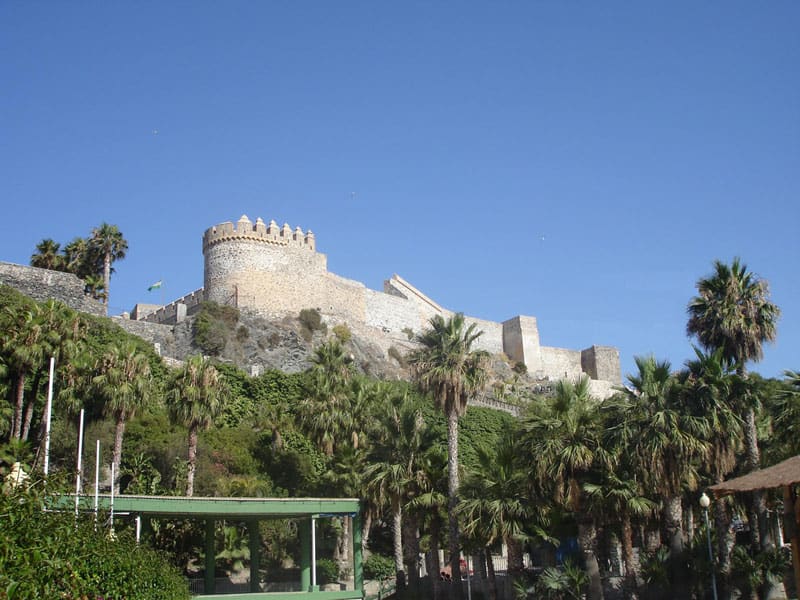
Almuñécar Castle – San Miguel Castle
The most famous historic site on the area. Perched on the San Miguel Hill, with commanding views of Almuñécar, this Arab stronghold occupies a site once utilized by Phoenicians and Romans, evident from various historical sources and remnants of Roman constructions. The castle’s architecture distinctly reflects its Moorish origins, having served as a retreat for the Nasrid dynasty during the 13th century. In the later years of King Ferdinand’s reign in the 16th century, defensive enhancements including a moat, drawbridge, and an imposing entrance façade with four circular towers were added. The castle endured bombardment during the War of Independence against the French by English forces, leaving it in a state of disrepair. It later functioned as a Christian cemetery until the mid-20th century. Notably, a neoclassical pavilion, seemingly unrelated to the castle’s design and possibly constructed in the 18th century, now houses the City Museum.
Visiting hours:
From April 1st to June 30th and from September 16th to October 30th:
Tuesday to Saturday
10am – 1:30pm / 5pm – 7:30pm
Sunday 10am – 1pm
From July 1st to September 15th:
Tuesday to Saturday
10am – 1:30pm / 6:30pm – 9pm*
Sunday 10am – 1:00pm
From November 1st to March 31st
Tuesday to Saturday
10am– 1:30pm / 4:00pm – 6:30pm
Sunday 10:00am – 1pm
Note: Ticket office closes 30 minutes before the castle’s closing time.
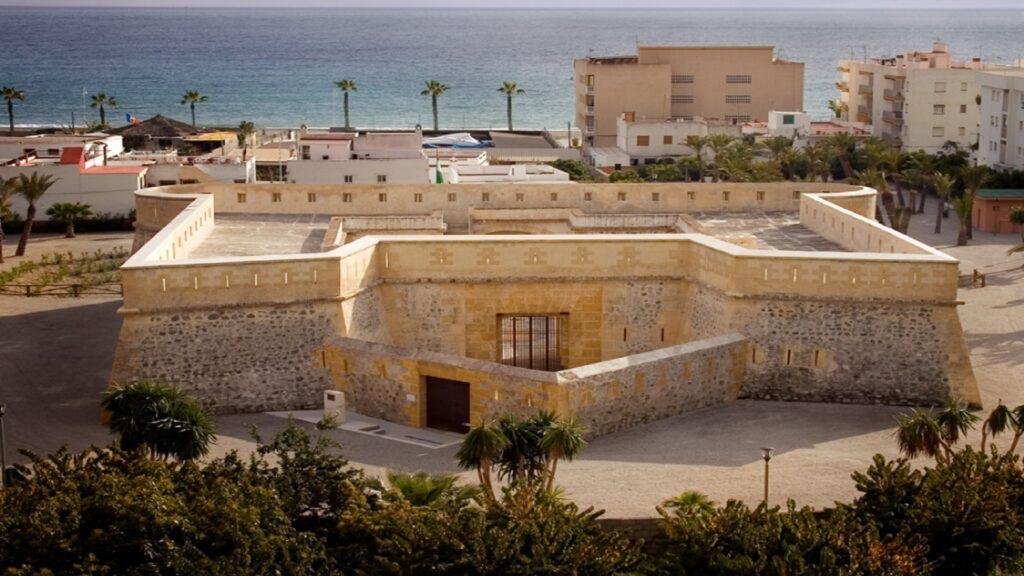
La Herradura Castle
Its building completed in 1771 as as part of improvements in the coastal defense of the former Kingdom of Granada during the reign of Charles III. Its original designation was “Battery for four cannons of La Herradura”.
Currently, it is located in the plain of said locality, as due to coastal regression, its distance to the beach is 120 meters. Its initial placement, closer to the coastline and slightly off-center with respect to the wide bay of La Herradura, was ideal for better protection of the mouth of the Jate River, a water source and quick access point to inland towns. From there, it was possible to repel an attack from the sea or prevent a landing anywhere on its extensive beach.
It was used by the army until 1839, when, after piracy was extinguished, it was handed over to the Carabineros Corps. Their mission was to guarantee the security and surveillance of the coasts and borders, as well as to prevent smuggling. After the dissolution of the Carabineros Corps in 1940, it was occupied by the Civil Guard, which used it as a combined residence and barracks until 2003. Acquired by the Town Hall two years later, it commissioned its restoration and process of museumization.
La Herradura Castle hosts the Centro de Interpretación “1562 La Furia del Mar about the shipwreck of the Armada in 1562 on this area.
Visiting hours:
From Wednesday to Sunday: 10am – 2pm / 5-8 pm
Prices: adults:4 euros, children and pensioners 2 euros, groups (15 people) 1,5 euros
Tickets are on sale up to 45 minutes before closing
Location: Calle Fortaleza 4
Telephone: 958061645
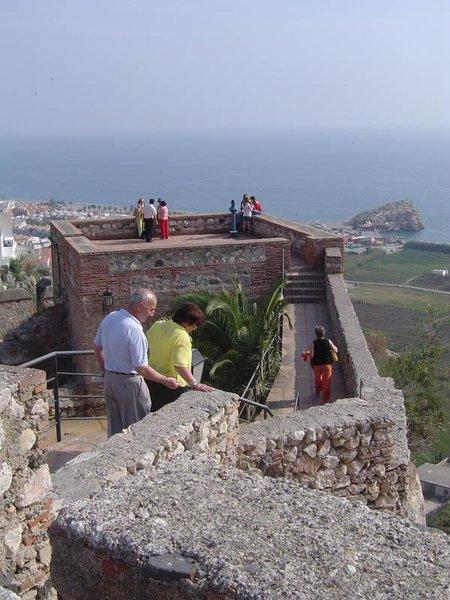
Salobreña Castle
The existence of a fortification in Salobreña has been known since the 10th century. While the layout corresponds to the construction erected during the Nasrid period, the Arab castle is the result of both Muslim and Christian architectural contributions.
During the Nasrid period, it housed a royal palace used for rest, which also served as a royal prison.
The castle was conquered by the Catholic Monarchs in 1489.
The castle retained its military significance until the late 18th century.
Reports from 1739 indicate that it was abandoned and in significant disrepair.
It did not have a specific or utilitarian function, as it did not serve for coastal defense. Nevertheless, the cavalry assigned to the castle had the mission of patrolling from La Caleta to the mouth of the Guadalfeo River.
Starting in 1849, it was used by the customs officers, who established a signaling post within it.
From its towers, one can admire the urban layout of Salobreña, the fertile plain, the Mediterranean Sea, the adjacent mountain ranges, and even Sierra Nevada.
Visiting hours:
June 15-Agust 31: 10am – 1:30pm / 5:30pm – 8pm.
September until last Saturday in October: 10am – 2pm / 5-7:30pm.
Last Sunday in October until- February 28: 10am – 2pm / 4-6pm /
March 1- last Saturday in March: 10am – 2pm / 5-7pm.
Last sunday in March until June 14th: 10am – 2pm / 5:30-8:30pm.
Last access is 30 minutes before the closing.
Closed on December 24th, 25th and 31st, January 1st.
Prices: adults:4 euros, free for children younger than 12 years old
Location: Calle Paseo de las Flores, s/n, 18680.
Telephone: 958610314
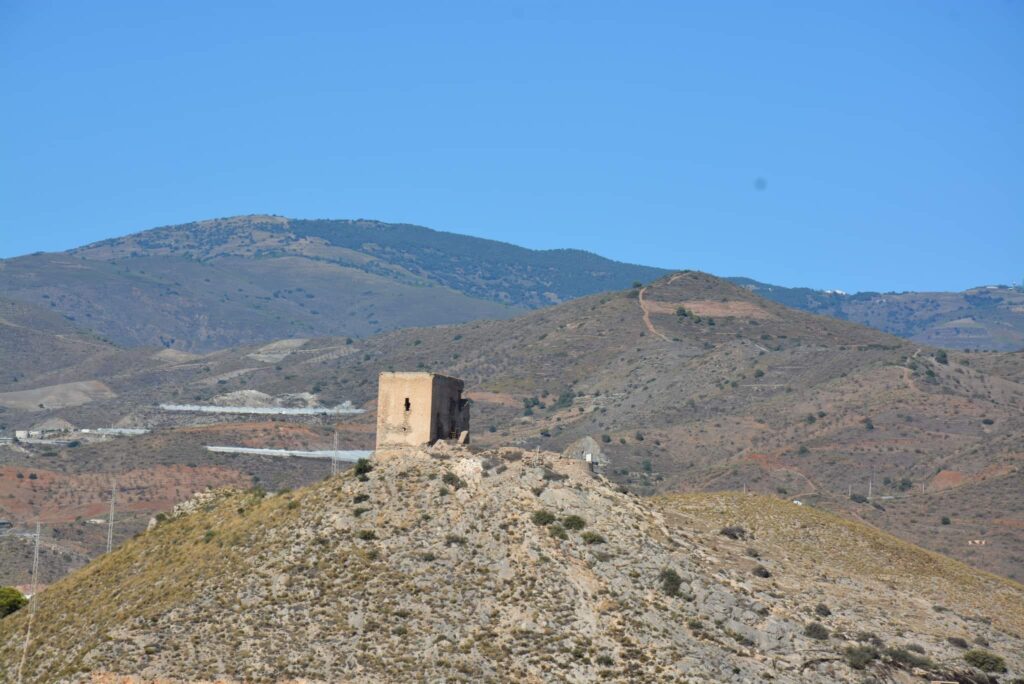
Castel de Ferro Castle
The Castle of Castell de Ferro situated 90 meters above the sea is a historical gem that stands as a testament to the area’s rich and diverse history. This castle has played a significant role in the region’s strategic defenses over the centuries.
The exact origins of Castell de Ferro Castle are somewhat shrouded in mystery, with records dating back to the 13th century. It is believed that the castle was originally constructed by the Nasrid dynasty, the Muslim rulers of the Kingdom of Granada, during the period of Al-Andalus.
The castle’s position overlooking the Mediterranean Sea made it a crucial stronghold for coastal defense. It allowed its occupants to monitor maritime traffic, protect against potential invasions, and control trade routes along the coast.
The castle exhibits a mix of architectural styles, reflecting the various cultures and periods that influenced its construction and renovation. Elements of Moorish, Gothic, and later Mudejar styles can be observed in its design. The structure includes defensive walls, towers, and inner courtyards, showcasing the adaptability of the castle over the centuries.
The Castle consists of three distinguishable parts: a sturdy vaulted rectangular tower, a rectangular courtyard in the center built in the 16th century, with wings on the sides designated for housing the garrison and kitchens, and finally, a semicircular battery on the southern flank, added in the 18th century. Surrounding the entire enclosure was a defensive wall known as a “barbacana.”
Over the years, Castell de Ferro Castle witnessed numerous historical events, including conflicts between Muslim and Christian forces during the Reconquista. In 1849, it was reported that the castle was in ruins, attributed to an explosion in a gunpowder depot that occurred in April 1836 due to a lightning strike, which brought down the eastern side. However, it also appears to have been destroyed by the English during the Peninsular War. The garrison at this castle varied over time. At the beginning of the 15th century, it had 30 soldiers; later, it was equipped with 11 infantrymen on foot. Finally, in 1764, it had the following staff: 1 officer; 2 sergeants and 16 soldiers; 1 sergeant and 4 artillerymen; 1 storekeeper and 1 chaplain.
By the 18th century, the castle fell into a state of disrepair and was eventually abandoned. In recent years, efforts have been made to preserve and restore the castle, recognizing its historical and cultural value.
Today, the Castle of Castell de Ferro stands as a captivating reminder of the region’s complex history. Visitors have the opportunity to explore its walls, towers, and courtyards, taking in panoramic views of the Mediterranean coastline. It serves as a link to the past, offering insights into the strategic importance of coastal defense in the history of Granada.
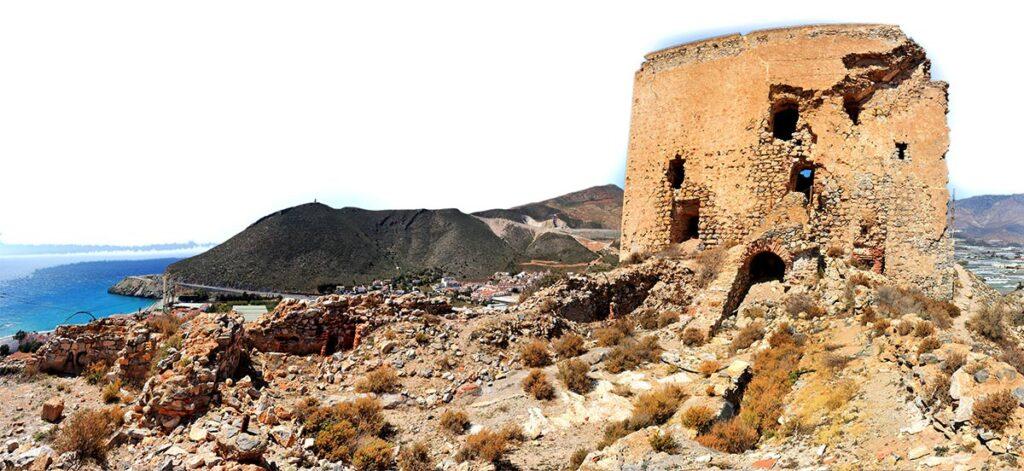
Access to the castle is limited, with two challenging routes available: a faint trail starting from the town’s eastern edge or a rocky path leading up from the ruins of an incomplete modern development. Both routes are uncertain and lack any assurances. Nevertheless, many individuals are drawn to explore this significant piece of Granada’s coastal history each day.
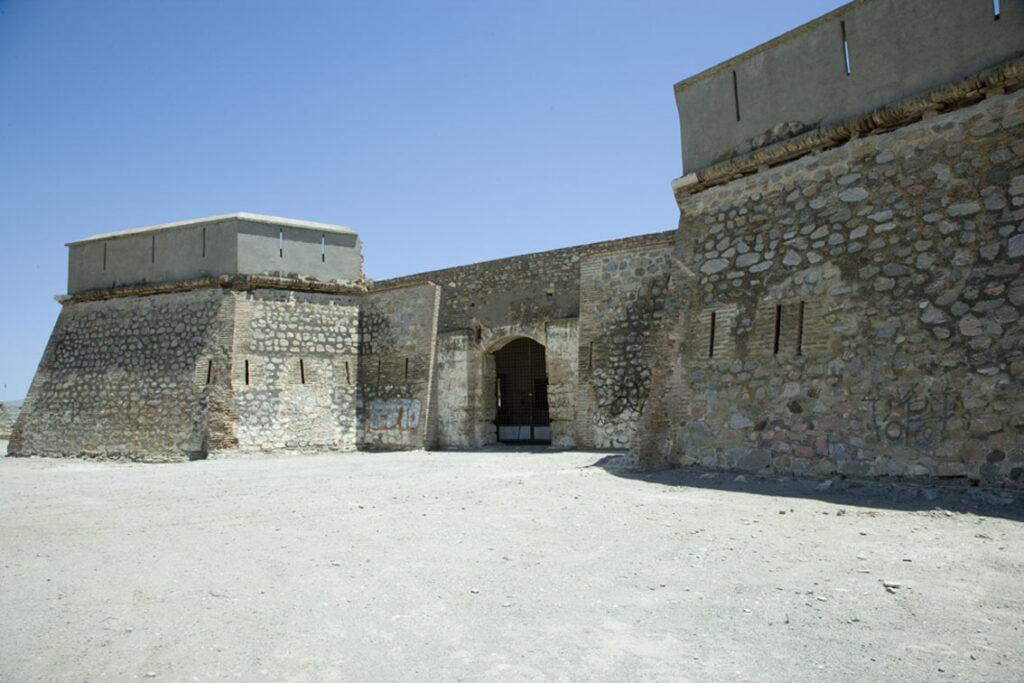
Carchuna Castle
It was built around the year 1783 by order of King Carlos III as a defensive fortification against pirate raids. The function of this fortification, named “Fort with Battery for four 24-pound cannons,” was to repel attacks from the sea and prevent landings. This building was conceived by José Crame, following the model of La Herradura Castle. It is a square-shaped structure with a central courtyard and a front rampart, an exemplary work of 18th-century military engineering. Inside, there were offices, stables, warehouses, and even a chapel to serve those who inhabited it, responsible for opening fire through the small openings in the walls against the enemies. The castle must have endured many conflicts, as its exterior appearance reflects.
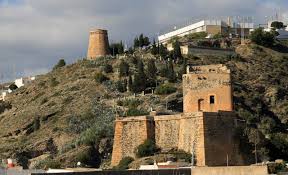
La Rabita Castle
In recent years, efforts have been made to preserve and restore La Rábita Castle, recognizing its historical and cultural value. Today, visitors have the opportunity to explore its walls, towers, and courtyards, offering panoramic views of the Mediterranean coastline. It serves as a tangible link to the past, providing insights into the strategic importance of coastal defense in the history of Granada.
